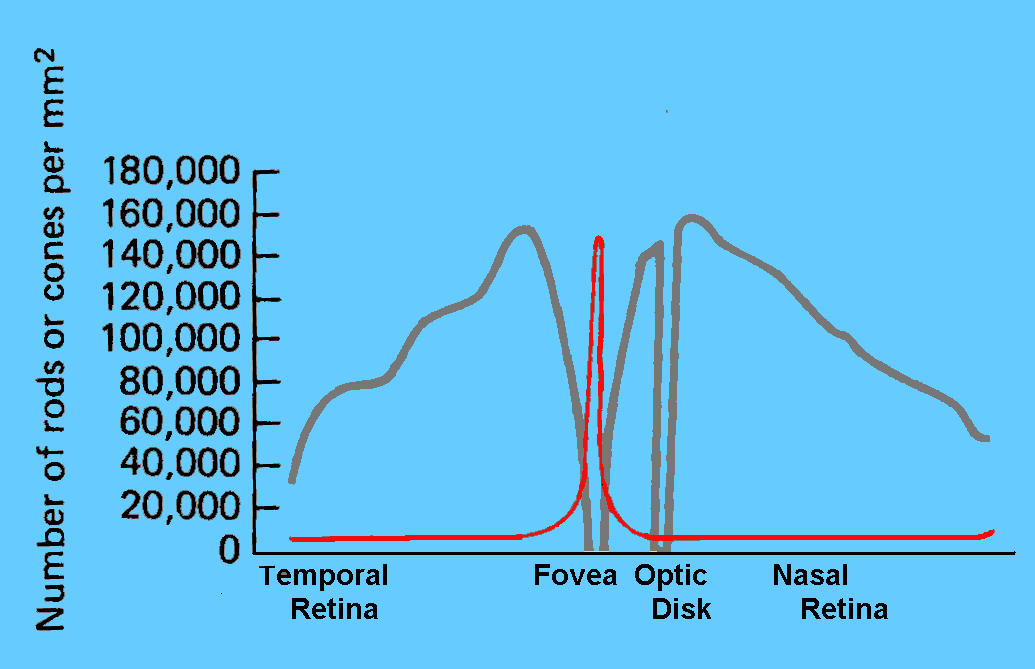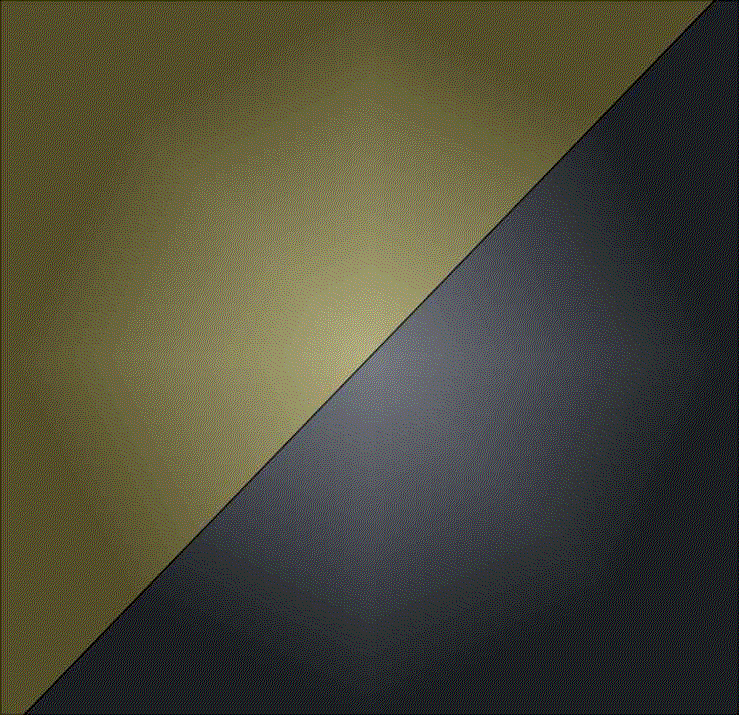
You can think of the receptors on the retina as a sampling system. Each receptor samples a piece of the image; that piece of the image that falls on that receptor. How many receptors we have in a region of the retina, the receptor density, will impact the ability to see that image. In the day time we use our cones for vision. They are concentrated in the fovea as seen in the figure below.

Well that should mean that we get a clearer picture of the whatever we are inspecting if that object's image falls on the retina. The animated gif below illustrates that. The same picture is shown in each case but with an increasing sampling density (the image is averaged over different size regions of the image). The pictures with larger averaged regions is like a part of the retina with few receptors. As the averaged regions get smaller it is like getting to a region of the retina where the receptor density increases and you can begin to make out the image and then see details.
